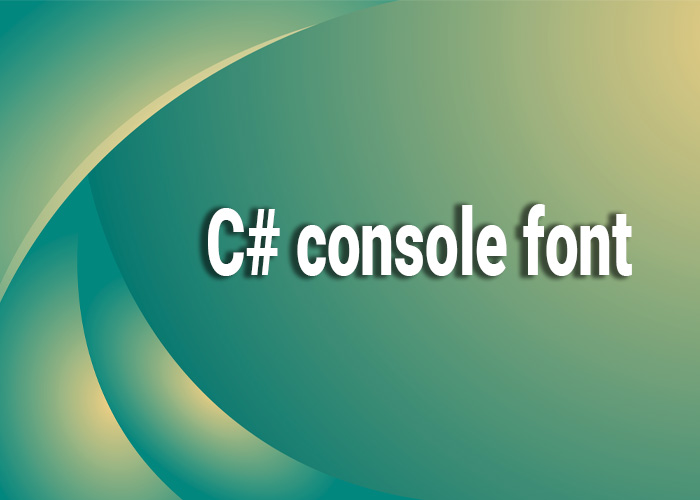Semicolon in C# Examples
In C#, semicolons are used to denote the end of a statement, a critical aspect of syntax that helps the compiler understand where one statement ends and another begins. This article explores various examples to demonstrate the use of semicolons in C# programming.
Importance of Semicolons
Semicolons in C# are akin to periods in written language; they mark the completion of an executable statement. Without the proper use of semicolons, the C# compiler would be unable to correctly interpret the code, leading to syntax errors.
Examples of Semicolon Usage
Example 1: Variable Declaration
int x = 10; // Declares an integer variable x and initializes it with the value 10
Example 2: Method Calls
Console.WriteLine("Hello, world!"); // Calls the WriteLine method of the Console class
Example 3: Loop Constructs
for (int i = 0; i < 5; i++) {
Console.WriteLine(i);
} // Uses a semicolon to end the loop declaration
Example 4: Conditional Statements
if (x > 0) {
Console.WriteLine("Positive number");
} // No semicolon after if statement block
Example 5: Multiple Statements on One Line
int a = 5; int b = 10; Console.WriteLine(a + b); // Multiple statements on a single line, separated by semicolons
Common Mistakes
Omitting Semicolons: One of the most common syntax errors in C# occurs when a semicolon is accidentally omitted at the end of a statement.
Unnecessary Semicolons: Adding a semicolon where it is not required, such as after the closing brace of a method or class definition, is a harmless yet unnecessary practice.
Conclusion
Understanding the use of semicolons in C# is fundamental for any programmer. This punctuation mark, while small, plays a significant role in ensuring that your code is clear and syntactically correct.





